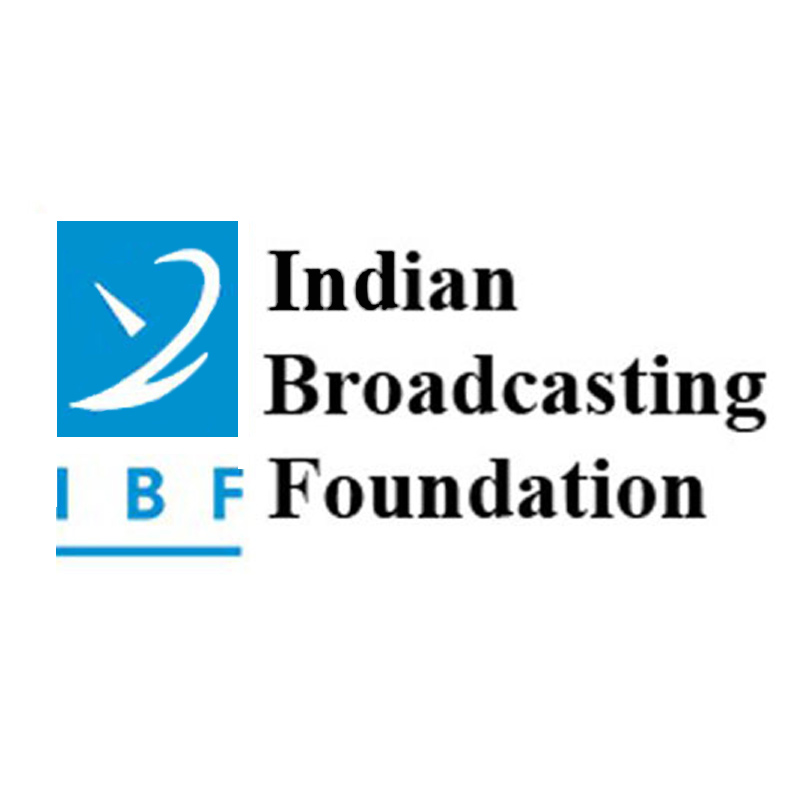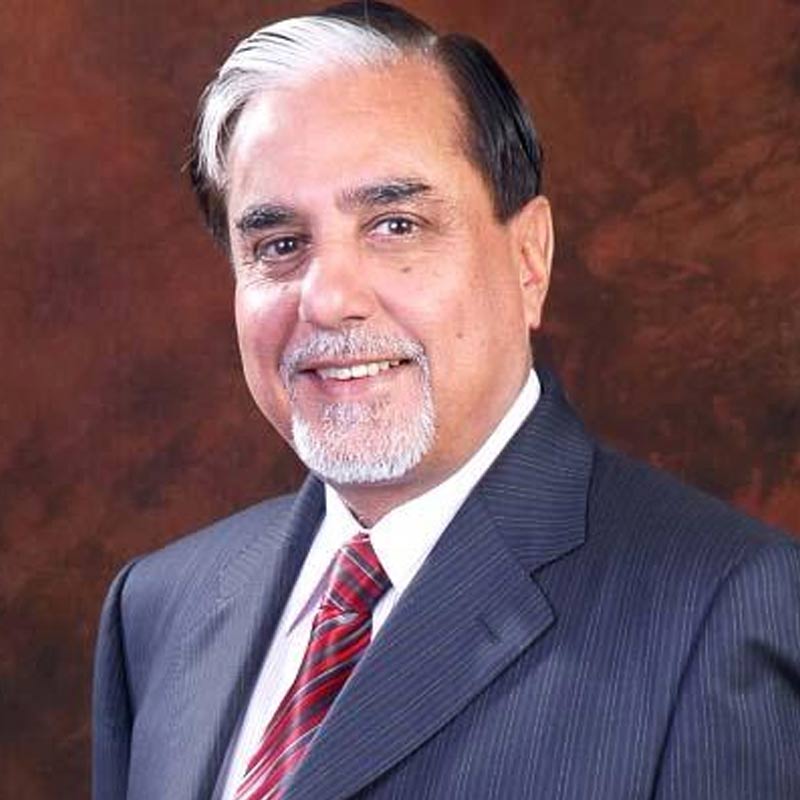TAM to release data after 9 weeks
MUMBAI: India will have no television ratings for nine weeks till 8 December as it moves towards digitisation in the
Mumbai: Broadcasters on Wednesday night will begin the phased genre-wise pullout of analogue television channels from the four metros of Mumbai, Delhi, Kolkata and Chennai three weeks ahead of the complete shift to digitised delivery from 1 November.
The switching off of analogue signals of all English movie channels will start from 11 pm. They will serve a big jolt on 12 October by shutting analogue signals of Hindi general entertainment channels (GECs) for two hours between from 2 pm on Friday, 12 October, before going ahead with the switching off of analogue signals of more genres.
In a letter to multi-system operators (MSOs), Indian Broadcasting Foundation (IBF) president and Multi Screen Media CEO Man Jit Singh said analogue signals of Hindi movie channels will be switched off in the four metros from 11 pm on 15 October, followed by English, Hindi and business news channels from 11 pm on 18 October and Hindi GECs from 11 pm on 22 October. A copy of that letter is with Indiantelevision.com.
The decision to switch off analogue channels in the four metro as part of the final push for digitisation was taken during discussions held under the aegis of the Ministry of Information and Broadcasting.
Will there not be a consumer reaction? "For subscribers who will demand these channels, we are ready to install free digital set-top boxes till 31 October. They can then watch these channels. They will need to pay for the digital services only after 31 October. Since this is a short window, there shouldn‘t be a problem," a senior executive of a leading MSO said on condition of anonymity.
MSOs who have not agreed to the switch off will, however, continue to get these channels. The major MSOs like Hathway Cable & Datacom, Den, Siticable and Digicable have, however, agreed for a genre-wise switch off ahead of digitisation.
The government on Wednesday said an average of 77 per cent of cable TV homes in the four metros have installed set-top boxes required for receiving digital television signals, led by Mumbai with 99 per cent of homes digitised. Kolkata follows with 73 per cent homes digitised, Delhi 66 per cent and Chennai 59 per cent.
As agreed during meetings at the I&B Ministry, MSOs will be giving separate letters to the broadcasters as per a draft prepared by the IBF requesting them to switch off analogue signals. MSOs are required to give complete details of the analogue signals they receive along with the letter. Such request letters were sought from MSOs as otherwise switching off analogue signals would not have been legally tenable, particularly after a recent order by the Telecom Disputes Settlement Appellate Tribunal (Tdsat) on a petition by ESPN Star Sports barring MSOs from switching off analogue signals of its sports channels before 1 November.
Also read:
Broadcasters, MSOs agree for genre-wise switch off ahead of 1 November

1992: Birth of an Indian broadcast company
Subhash Chandra Goel, a rice trader from Hisar, launches private satellite channel Zee TV on 1 October 1992 by leasing out transponder on AsiaSat owned by Hong Kong billionaire Richard Li‘s Star TV.
The company was originally incorporated as Empire Holdings Ltd on 25 November,1982 which was later changed to Zee Telefilms Limited with effect from 8 September, 1992 following its entry into the business of entertainment software.
1993: Zee goes public
Zee Telefilms files for an IPO in September 1993, wherein 8.2 million equity shares of 10 each were offered to the public at a premium of 20 per share. The Company was listed on Bombay Stock Exchange (BSE) on 25 November, 1993 becoming the first listed media company in the country. The move marked the beginning of Zee‘s transformation into an integrated media company with satellite broadcasting, cable and direct-to-home besides print and new media.
1994: Ventures into music and education
Zee Records, the music-publishing arm of Zee, commences operations. The company also forays into education sector with the launch of Zee Education as a division of the company.
1995: The year of Big Bang expansion
Entry into cable distribution
Zee ventures into cable distribution with wholly-owned subsidiary Siticable Networks which commenced operations as an MSO in Delhi. The year also sees the biggest ever tie-up in the Indian broadcast industry with media baron Rupert Murdoch‘s News Corp buying 50 per cent stake into Siticable.
Channel launches
The company launches two more channels - Hindi news channel Zee News and Hindi movie channel Zee Cinema.
International debut
Zee TV goes global with launch in United Kingdon to tap into the Indian diaspora
1996: African safari
Zee TV launched in Africa on MultiChoice digital platform
First cable channel
Siti Channel launches as the first cable channel in India relaying movies and local content.
1997: Music channel launch
Music Asia launched later rebranded as Zee Music and is known as Zing in its present avataar.
1998: America calling
Zee TV USA launched offering cricket and Bollywood films to the large Indian dispora in that country. Zee Cine Awards dedicated to award excellence in the Hindi film industry instituted.
1999: Divorce with News Corp and regional foray
The four-year-old partnership with Rupert Murdoch breaks as Zee buys News Corps 50 per cent stake in Asia Today, Siticable and Programme Asia Trading Company.
Launch of regional channels
The company announced its entry into the vast regional market with the launch of four umbrella channels under the umbrella brand of Alpha, namely Alpha Marathi, Alpha Bangla, Alpha Punjabi and Alpha Gujarato.
The company also launches English entertainment channels to broaden its product offering. Zee English and Zee Movies launched.
During the year, the education division of the company was demerged and transferred to a separate subsidiary company namely, Zee Interactive Learning Systems Ltd.
In September 1999, the company acquired Zee Multimedia Worldwide thereby bringing the international operations including the broadcasting business of ZMWL under the company‘s control.
2000: Asian expansion and distribution ventures with Viacom and MGM
Launches Internet over Cable services - Becomes first cable company in India to do so. Enters into content distribution joint ventures with MGM and Viacom and launches pay bouquet of channels in the Asian region.
2001: Experiment with film production
The company enters film production with Gadar: Ek Prem Katha by funding the film produced by old Zee hand Nitin Keni. The film went on to shatter box office records by becoming the highest grosser film of its time.
2002: ETC acquisition
The company got a foothold into Punjabi language market with the acquisition of a controlling stake in ETC Networks Ltd, a company engaged in production, marketing and distribution of two television channels with a leading presence in Music and Punjabi language segment.
2003: Launch of niche channels
Launches five new channels for the DTH market viz. Action cinema, Classic cinema, MX, Premier cinema and Smile TV. Launches a premium fashion and style channel Trendz targeted at the fashion conscious Indian consumer.
Enters into a distribution tie-up with Rajshri Pictures for theatrical distribution of films in India.
2004: Direct-to-Home entry
Dish TV, India‘s first direct-to-home platform launched
2005: Zee pads up, gets into sports broadcasting
Zee Sports launched to provide a multi-genre sports entertainment package to the viewers
2006: Zee Telefilms demerged
Zee demerges cable distribution and regional channels by creating two new entities Siti Cable and Zee News Limited.
In November 2006, Zee Sports International Ltd, Mauritius, acquired 50 per cent stake in Dubai-based Taj TV Ltd, Mauritius, which owned ‘Ten Sports‘ channel. Also, the company acquired 50 per cent stake with majority representation in the board in Taj Television India Pvt Ltd, Mumbai which is the distribution arm of Ten Sports in India.
2007: Change in corporate identity and launch of ICL
Zee Telefilms renamed as Zee Entertainment Enterprises Limited (Zeel).
Peeved by the Board of Control for Cricket in India‘s high handedness while awarding broadcast rights for cricket, Chandra cocks a snook by launching Indian Cricket League thereby forcing the BCCI to come out with its own T20 league, the Indian Premier League.
2010: Ups stake in Taj TV
Zee takes full control of Taj TV by acquiring 45 per cent stake in the company and taking its holding to 95 per cent
Launches Ten Cricket - a dedicated 24-hour Cricket Channel, Ten Action+ - sports channel showcasing the best football action from around the world
Launches India.com - Joint Venture between Zee Entertainment Enterprises Ltd. and Mail.com Media Corporation
Launches Zee Khana Khazana ? India‘s first 24-hour food channel and Zee Salaam - India‘s first Urdu infotainment satellite television channel
2011: Distribution JV with Star
In order to plug the massive leakage of revenues in distribution, Zee joins hands with Star India to launch Media Pro, a 50/50 JV.
2012: First Over-the-Top platform
Launches Ditto TV - India‘s first and only OTT (Over-The-Top TV) Distribution Platform. Launches Ten Golf ? India‘s first and exclusive 24 hour Golf channel

 switch
switch
 switch
switch